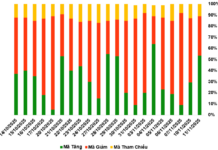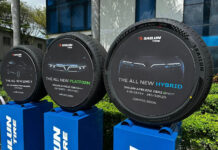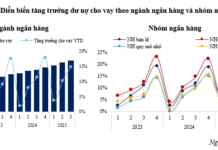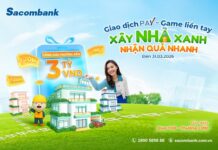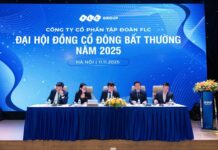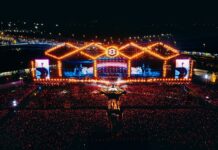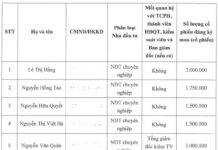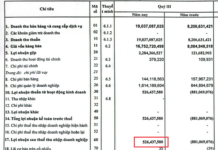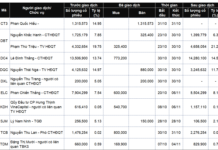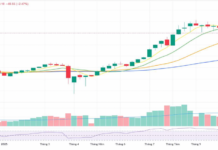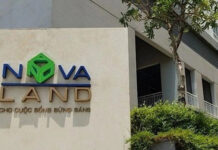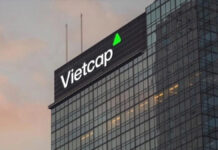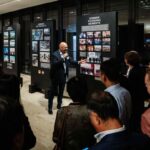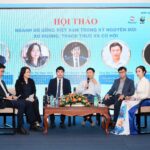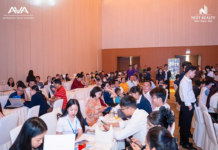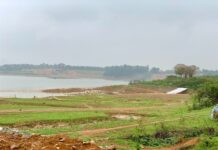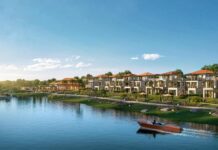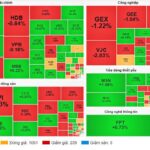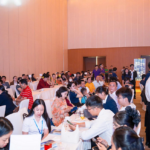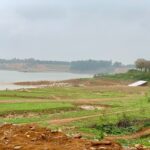“Green Buildings” – The New Modern Urban Development Trend
Amidst rapid urbanization and climate change, “green buildings” have emerged as an essential solution for sustainable real estate development. These structures are designed, constructed, and operated to minimize negative environmental and human health impacts while optimizing energy, water, materials, and natural resource use. This approach not only reduces operational costs and enhances quality of life but also increases asset value for developers and users.
Developing green buildings requires adherence to core criteria, including:
Green buildings begin with sustainable and smart planning, ensuring infrastructure, transportation, and landscapes harmonize with nature. Thoughtful planning reduces urban heat island effects, maintains cooler climates, and conserves operational energy.
Energy efficiency is central to any green city. Utilizing renewable energy sources like solar power and designs that maximize natural light and ventilation reduces emissions and operational costs.
Efficient water use is achieved through advanced wastewater treatment systems. Treated water can be reused, contributing to resource conservation.
Green buildings commit to using environmentally friendly materials, aligning with the Materials & Resources criteria. These materials are energy-efficient and protect residents’ health.
Air quality is a key indicator of a healthy urban environment. Green buildings meet Indoor Environmental Quality standards, ensuring both indoor and outdoor spaces are safe and healthy. Green spaces, parks, and vegetation act as natural filters, absorbing CO₂ and reducing dust, while closed-loop waste collection systems maintain cleanliness and safety.
Transportation and community amenities encourage active lifestyles, with convenient access to major routes, administrative centers, commercial areas, and residential zones.
Smart management and operation ensure long-term sustainability. Technology monitors energy, water, waste, and security, optimizing costs and extending building lifespans.
Globally, three green building certification systems are widely recognized: LEED (USA), known for its rigorous energy, materials, and operational standards; EDGE (IFC – World Bank), focusing on energy, water, and material savings, suitable for developing countries; and LOTUS (VGBC – Vietnam), tailored to Vietnam’s climate and infrastructure, encouraging sustainable development.
Green buildings offer a competitive edge for real estate businesses. Projects meeting green criteria often score high in international ESG evaluations like GRESB, enhancing brand reputation and access to green investment. Additionally, green buildings increase product liquidity, meeting growing buyer demands for quality living environments and health. With lower operational costs, high durability, and stable asset values, they are a long-term investment for both businesses and consumers. In premium segments like smart cities or resorts, this model creates market differentiation, showcasing developers’ long-term vision and aligning with national green growth strategies.
Globally, green urban models have succeeded in cities like Masdar City (UAE), Songdo (South Korea), and Dockside Green (Canada).

Songdo City (South Korea) dedicates 40% of its area to green spaces.
These examples demonstrate that “green buildings” are not just a trend but a modern urban development standard, balancing economic growth, environmental protection, and human quality of life.
Green Building Development Trends in Vietnamese Urban Areas
At COP 26, Prime Minister Phạm Minh Chính pledged that Vietnam would take strong measures to achieve net-zero emissions by 2050. Following this commitment, the government has issued policies promoting renewable energy, eco-friendly materials, and energy-efficient technologies in construction.
According to the Vietnam Green Building Council (VGBC), by 2025, over 300 projects have achieved or registered for green building certifications under international standards like LEED, EDGE, and LOTUS. This number has doubled since 2020–2022, reflecting a significant shift in investment and urban planning mindsets.
Several Vietnamese real estate projects have pioneered green urban models in housing, offices, and mixed-use developments. Notable examples include Deutsches Haus (Ho Chi Minh City), the first Class A building to achieve LEED Platinum, and Capital Place (Hanoi), which earned LEED Gold. In the urban district category, Gamuda City (Hanoi) and Ecogreen Saigon stand out with their extensive green spaces, water reuse infrastructure, and sustainable operations.
Eurowindow Holding has developed notable green urban projects, such as the ultra-luxury Eurowindow Sport Garden and the high-end Eurowindow Central Avenue in Vinh City, Nghe An Province. These projects feature large green areas, eco-friendly materials, and energy-saving technologies like Eurowindow insulated glass units with safety and Low-E coatings, blocking up to 96% of UV rays and reducing heat absorption by 40%. They also utilize solar energy, advanced wastewater treatment, and smart solar-powered waste collection systems.
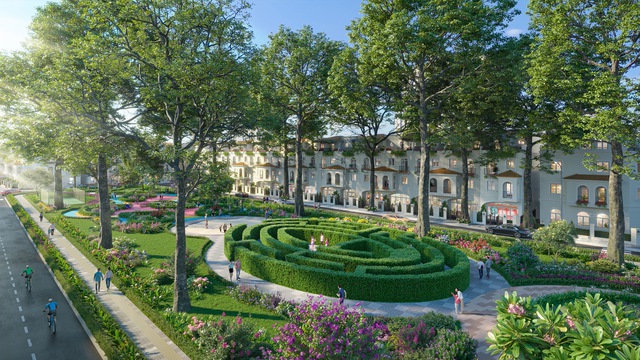
The ultra-luxury Eurowindow Sport Garden features seven parks, gardens, and multi-layered vegetation with tall, wide-canopied trees.
Happy Enterprises: The Foundation of Sustainable Growth
In an era where “happiness” has emerged as the new metric for sustainable development, we find ourselves redefining progress. This shift underscores the importance of well-being as a cornerstone of societal growth, challenging traditional measures of success and inviting a more holistic approach to prosperity.
Sustainable Breakthrough: Revolutionizing Vietnam’s Beverage Industry
On November 7, 2025, in Ho Chi Minh City, the Vietnam Beer – Alcohol – Beverage Association (VBA) will host the seminar “Vietnam’s Beverage Industry in the New Era: Trends, Challenges, and Opportunities.”




